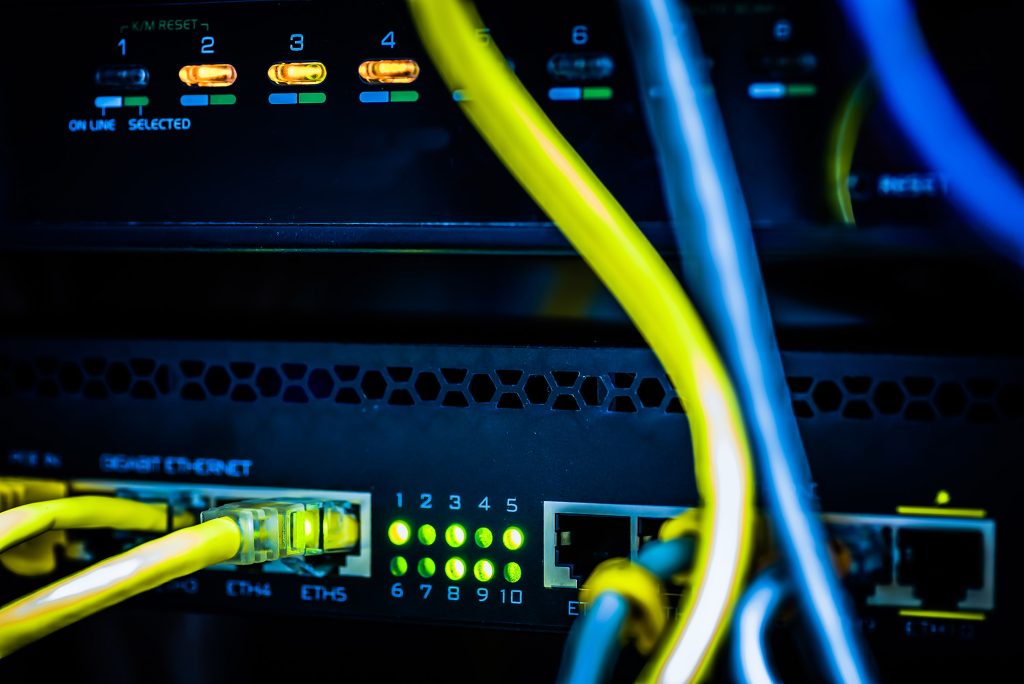The latest figures from Cisco predict that there will be more than 50 billion devices connected to the internet by 2020. Research from the Mobile Economic Forum (MEF) shows 60 per cent of global mobile users are concerned about the privacy and security of connected devices.
The security of connected devices has come under increased scrutiny following the exposure of a series of vulnerabilities, where hackers have been able to gain access to a variety of connected devices including cars, toys and medical equipment.
There have also been large-scale attacks against IoT devices such as CCTV cameras, smart televisions and home automation systems. These attacks have transformed the devices into ‘botnets’ capable of launching Dedicated Denial of Service (DDoS) cyber-attacks. In some cases, consumers are totally unaware that devices have been corrupted.
As Drew Ianni, Chairman of the IoT Influencers Summit explains: “One universal truth surrounding IoT is that security and privacy are, and will be, issues of paramount importance. Simply put, security is the single biggest threat to the development and market potential of the Internet of Things.”
Statistica estimates that there are currently 22.9 billion connected devices in active use around the world. This presents a large global market that cyber-criminals are looking to exploit. It is no coincidence that as the number of IoT devices has increased so too has the number of reported cyber-attacks.
According to the 2016 Internet Security Threat Report from Symantec, there has been a 35% increase in ransomware attacks in the last year. These types of attacks occur when cyber-criminals install malicious software on a user’s device which stops it working until a fee has been paid.
Other forms of cyber-attack are also on the rise: the latest report from Arbor Networks states that during the first six months of 2016, there was an average of 124,000 global DDoS attacks each week with the average strength of these attacks increasing by 73% since 2015.
Despite improvements in security, cyber-criminals — attracted by potential security flaws in IoT devices — have developed sophisticated ways to disrupt devices and steal personal data.
While smart devices and systems are making life easier for users, the integration of more smart systems into critical infrastructure is making many industries and consumers more vulnerable to attacks.
According to a recent survey by internet security firm Bullguard, 72% of technology consumers in the UK do not know how to secure their IoT devices; reinforcing the fact that consumers need to be made aware of the potential flaws in the security of IoT devices and ways they can help guard themselves and their data against a cyber-attack.
Editorial credit: Anucha Cheechang / Shutterstock.com


